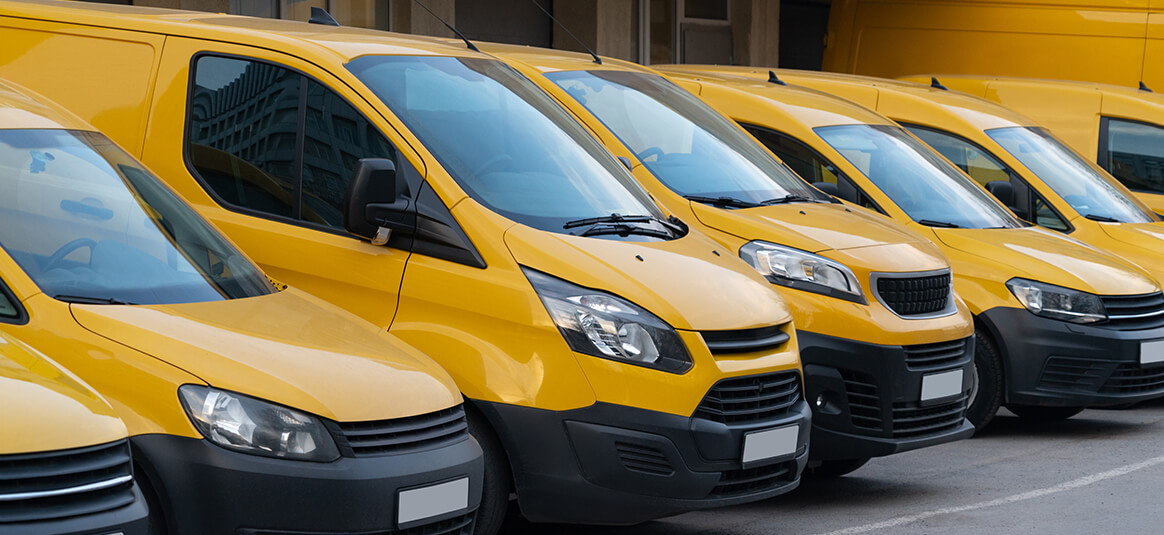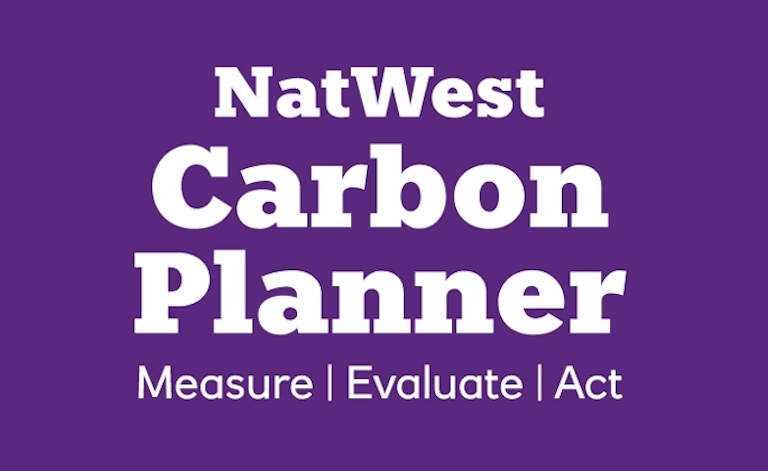Compare fuel types
The cost difference between running petrol and diesel vehicles is narrowing due to more efficient petrol and hybrid-petrol engines. According to Department for Transport statistics released in December 2021, a new petrol car in 2020 was able to travel 52.6 miles per gallon on average, compared with 56.1 miles per gallon on average for a new diesel car.
While diesel engines continue to have slightly better fuel consumption and lower CO2 emissions, they emit more harmful soot and nitrogen oxide, according to the Energy Saving Trust’s website. This may affect their profitability in future as major cities and towns implement clean air zones (CAZs), which charge polluting vehicles more to enter certain areas. Older diesel vehicles tend to be the most heavily affected by the new rules, so if a business is running an older fleet there could be cost implications for continuing to do so. As air quality plans are developed and released, companies should review the compliancy of their current vehicles and allow for CAZ charges to running costs and decisions to replace vehicles. More information on this topic can be found on the Energy Saving Trust’s website.
‘Right-size’ your fleet
Smaller cars and vans cost less to buy and are usually cheaper to run. An oversized van will spend much of its life running well below its load capacity, resulting in unnecessarily high fuel costs and emissions. Vehicles should be suited to their tasks in terms of physical size, engine capacity and payloads, advises the Energy Saving Trust. In research carried out in 2019 for the Department for Transport (DfT), it added that “typically, each step up in van size within a range increases fuel consumption by 20% to 30%”. However, loading a van to its maximum capacity only increases fuel consumption by 9% to 10%, according to the EST.
“Carbon emissions and fuel use increase significantly with van size and it is more efficient to have a fully loaded smaller van than a half-empty large one,” according to DfT guidance on running zero-emission local authority fleets, issued in April 2022.
Other savings, such as lower vehicle taxes and insurance, may be achieved by right-sizing a fleet. And it’s also worth considering renting vehicles when needed or running pool vehicles.


